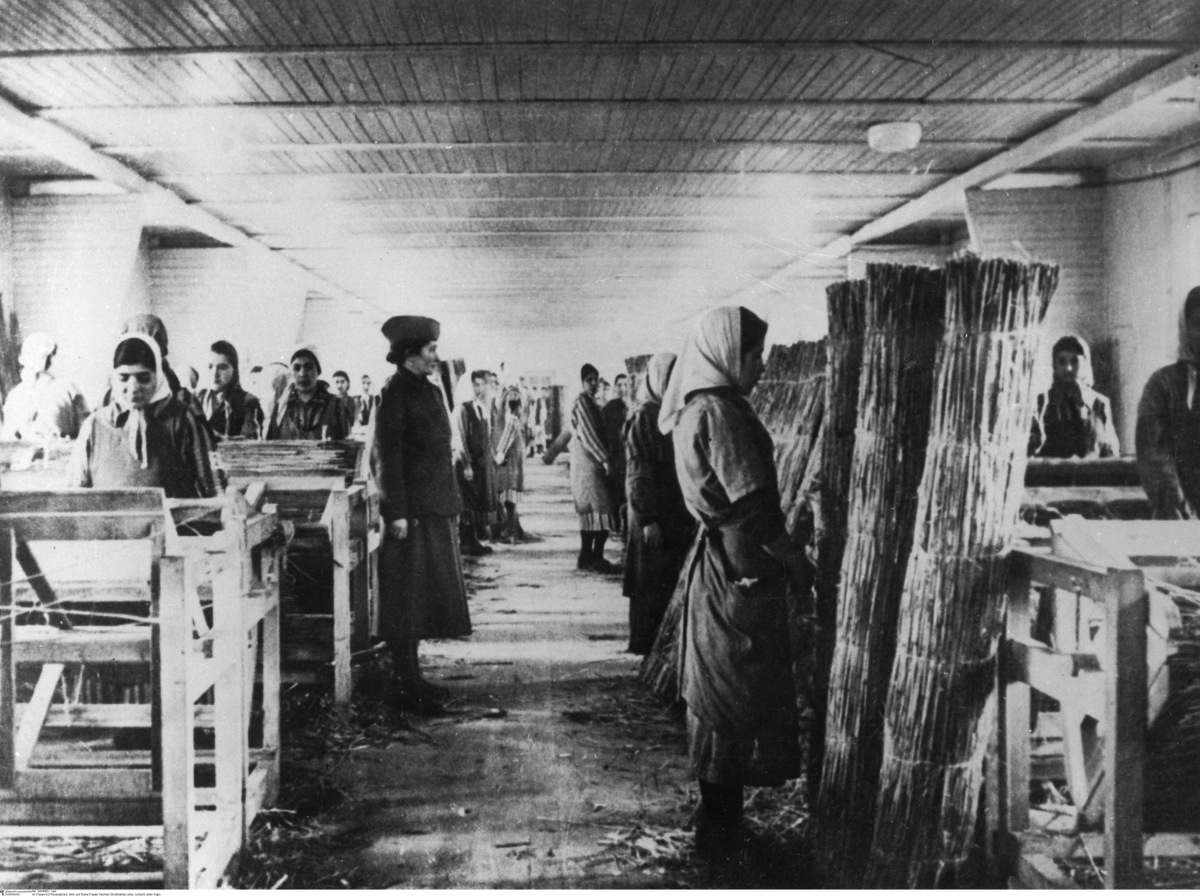Abstract
In 1938 and 1939, more than two thousand Roma and Sinti were
classified as “asocial” and sent to concentration camps as part of a
“crime prevention measure.” In a circular dated December 8, 1938,
Heinrich Himmler announced a “regulation of the Gypsy question on the
basis of race.” An urgent directive from the Reich Security Main Office
[Reichssicherheitshauptamt or RSHA]
on October 17, 1939 – known as the Festschreibungserlass – prohibited
Roma and Sinti from leaving their places of residence and ordered that
they be interned in detention camps “until their final deportation.”
Ravensbrück, the largest concentration camp for women, opened on May 15,
1939 with the arrival of nearly 1,000 female prisoners from Lichtenburg.
The first 440 female Roma prisoners arrived on June 29, 1939 from Lower
Austria and Burgenland. Ravensbrück evolved into a complex of sub-camps
and forced labor facilities where SS-owned enterprises – such as the
Gesellschaft für Textil &
Lederverwertung (Texled), a textile company, and the
Deutsche Versuchsanstalt für Ernährung und
Verpflegung GmbH [German Experimental Institute for Nutrition and
Provisions], an agricultural enterprise – forced female prisoners to
carry out traditional “women’s work,” such as basket-weaving, weaving,
and tailoring.
